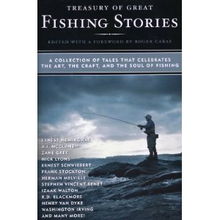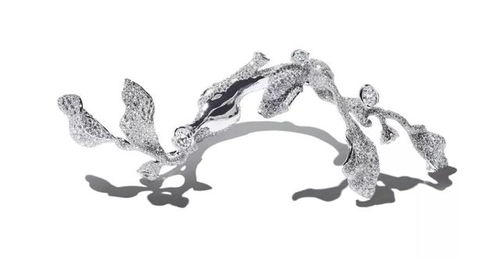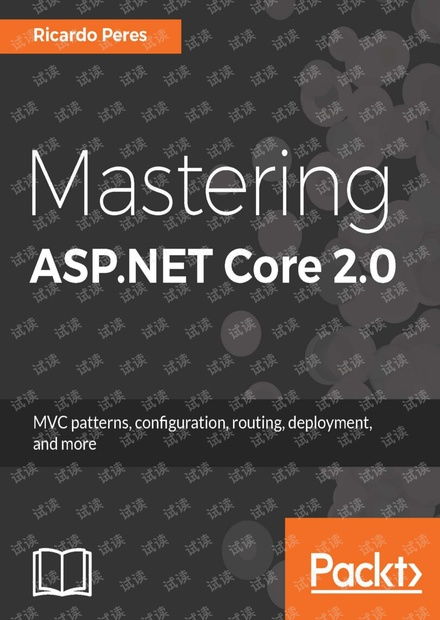Content:
Introduction: Fishing is an ancient pastime that has been cherished by enthusiasts across the globe. Whether you are a seasoned angler or a beginner looking to cast your line into the unknown, one essential skill you cannot overlook is mastering the art of tying fishing line. The right technique can make a significant difference in your fishing experience, from ensuring your line stays secure to enhancing your chances of catching that big one. In this article, we will delve into the intricacies of how to tie fishing line, along with the benefits of using video tutorials to perfect your technique.
The Importance of Tying Fishing Line Properly: The foundation of any successful fishing trip lies in the quality of your fishing line. A well-tied line is less likely to come undone, reducing the frustration of lost lures and missed catches. Additionally, a correctly tied line can provide better sensitivity, allowing you to detect even the smallest nibbles from fish. Here are some key reasons why proper fishing line tying is crucial:
- Security: A well-tied fishing line is less prone to slipping off hooks or getting tangled, ensuring your lure stays in the water where it belongs.
- Sensitivity: A good knot can enhance the sensitivity of your line, allowing you to feel the slightest movements of fish.
- Versatility: Learning various knots will allow you to adapt to different fishing scenarios and tackle sizes.
- Efficiency: A properly tied line saves time and effort, allowing you to focus on other aspects of your fishing experience.
The Basics of Tying Fishing Line: Before we dive into the specifics of different knots, it's important to understand the basic components of fishing line. These include the main line, leader, and terminal tackle. The main line is the primary line that runs from your reel to your lure, while the leader is a shorter section of line that connects the main line to the lure. The terminal tackle includes hooks, lures, and swivels.
Here are some basic steps to tie a simple improved clinch knot, which is suitable for most fishing situations:
- Cut a length of fishing line that is about 10-12 times the length of your hook.
- Create a loop in the end of the line by passing the line through the eye of the hook.
- Double the line over itself, creating a second loop.
- Pass the tag end of the line through the second loop.
- Pull the tag end and the standing part of the line to tighten the knot.
- Trim the tag end close to the knot, leaving about a quarter-inch.
Advanced Knots and Techniques: Once you have mastered the improved clinch knot, you can explore more advanced knots like the Palomar knot, the Uni knot, and the Albright knot. Each knot has its unique advantages and is suitable for different fishing scenarios. For example, the Palomar knot is excellent for connecting a leader to the main line, while the Uni knot is known for its strength and ease of use.

Video Tutorials: The Ultimate Learning Tool: Learning how to tie fishing line can be challenging, especially for beginners. This is where video tutorials come into play. With the advent of online platforms, you can now access a wealth of high-quality video content that demonstrates the steps of tying various knots in detail. Here are some reasons why video tutorials are the ultimate learning tool:
- Visual Learning: Watching someone tie a knot step-by-step can be much more effective than reading instructions, as you can see the movements and understand the process better.
- Slow Motion: Many video tutorials are recorded in slow motion, allowing you to see the intricate details of the knot-tying process.
- Multiple Angles: High-quality videos often provide multiple angles, ensuring you can see the knot from different perspectives.
- Pause and Repeat: You can pause the video at any time to practice the steps and repeat them until you are confident in your technique.
Conclusion: Tying fishing line is a fundamental skill that can greatly enhance your fishing experience. By learning the basics of different knots and utilizing video tutorials to refine your technique, you can become a more skilled and confident angler. Whether you are fishing for pleasure or competition, investing time in mastering the art of tying fishing line will undoubtedly pay off in the long run. So, grab your fishing gear, find a reliable video tutorial, and start tying your way to success on the water.












